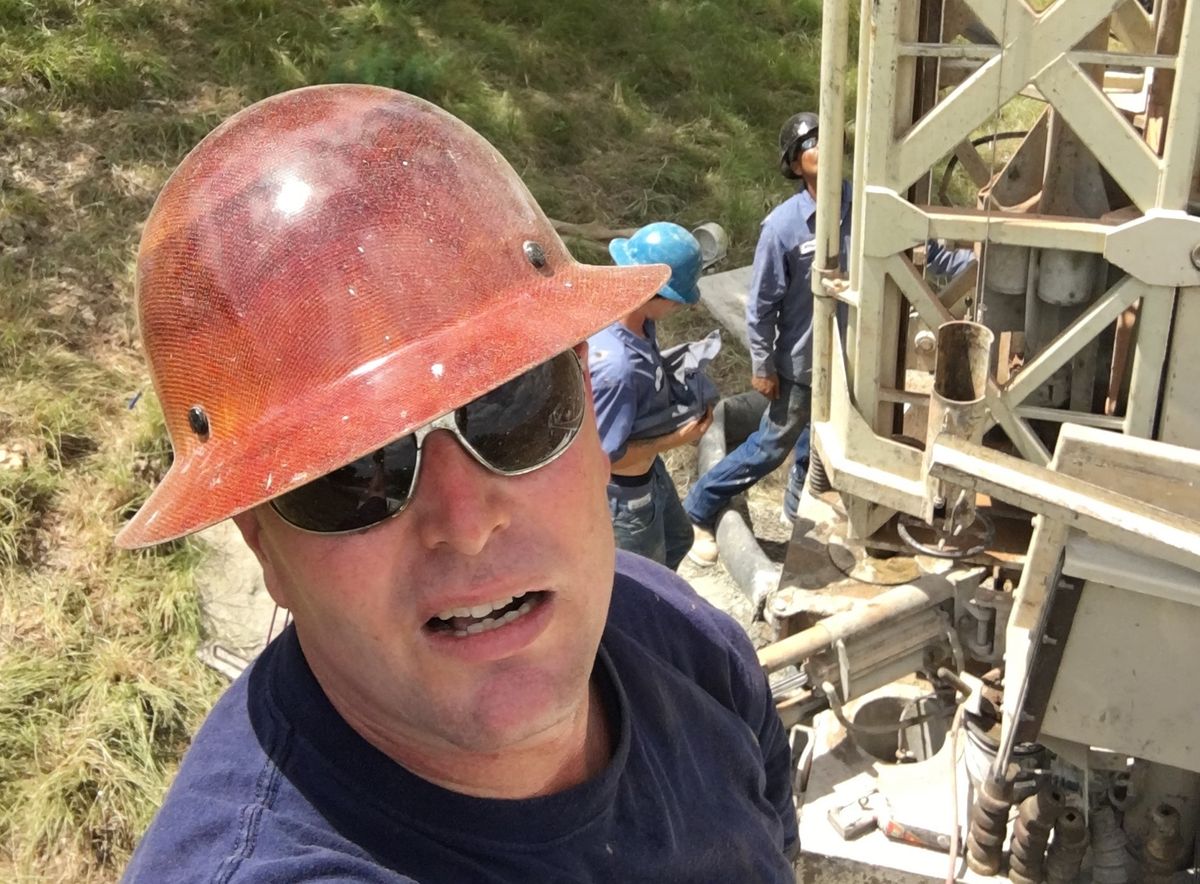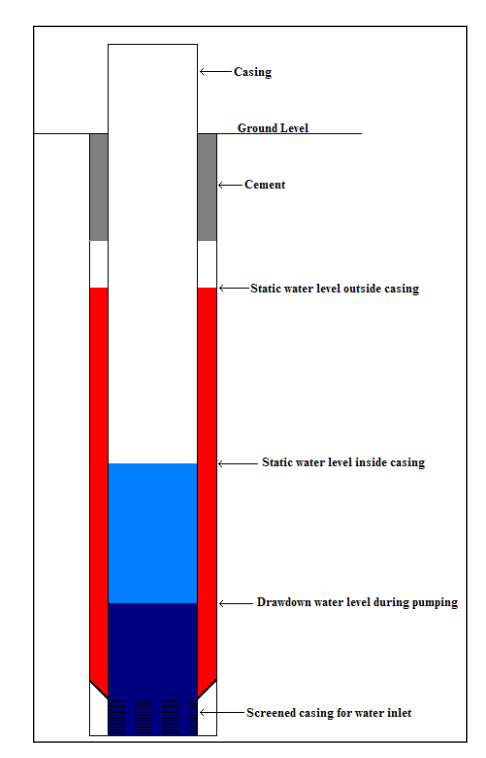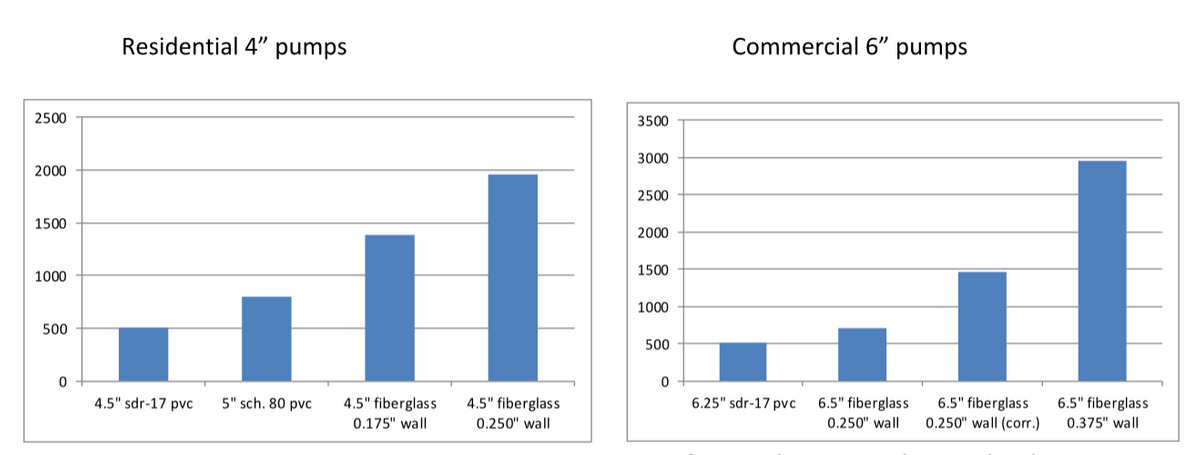
Why are wells in the Dripping Springs area collapsing?
Jim Blair, Bee Cave Drilling, Inc
I have been drilling water wells in the Dripping Springs area for 26 years now. In that time I have seen a lot of changes. Not just to the construction on the surface, but also the groundwater that lies beneath it. The fact is we are using water faster than we are able to replenish it. As we do that, there are some consequences that have been largely overlooked and you need to know how to avoid them.
The biggest problem we have witnessed is collapsing casing. Most wells in the area utilize PVC casingto keep the borehole from collapsing after the well is drilled. The low cost and corrosion resistance make it a very popular option. This product has been successfully used for many decades now and really has not had many problems until the last few years.
When I first started working in the area, we would use sch. 40 PVC casing. About 20 years ago, most well drillers switched to the stronger sdr-17 PVC casingto prevent the casing from collapsing. Now conditions are worse in many areas and the sdr-17 PVC casing is collapsing.

On the well diagram, you can see that water builds up on the outside of the casing and pushes in on the casing. The water on the inside of the casing pushes back. As that water level drops further and further, the collapse pressure on the casing increases. When you get to the breaking point, the casing collapses.
For many years, the only other option was steel casing. But, our water is so aggressive here that the steel casing would rust out in 20-30 years leaving you with a mess. Now there are 2 great options for you to consider. There is a stronger grade of PVC casing called sch. 80and now the State of Texas has finally allowed us to use fiberglass casing. Both are great options. The only downside to either option is the cost. But, if your well collapses, you won’t be saving any money. Usually, the only fix is to drill a new well.
I talk to well owners every week about this issue. Worse yet, I know that there are hundreds of wells out there that have collapsed but the owners just don’t know about it. The casing can collapse above the submersible pump and as long as the pump still functions, you won’t find out until the pump fails and you try to remove the pump. This could be years or decades later before the problem is found.
When you are drilling a well, you need to make sure that the casing that is installed can handle the collapse pressure that can occur during droughts. See the chart below that outlines some of the options for your casing. How deep is your well going to be? Will the casing that you are installing handle the pressure?

One of my goals is to stop having this discussion with homeowners. I am tired of wells collapsing and I am going to stop building a water well system that I know will fail. We have made a commitment to quality even though we may lose a job over the price.

